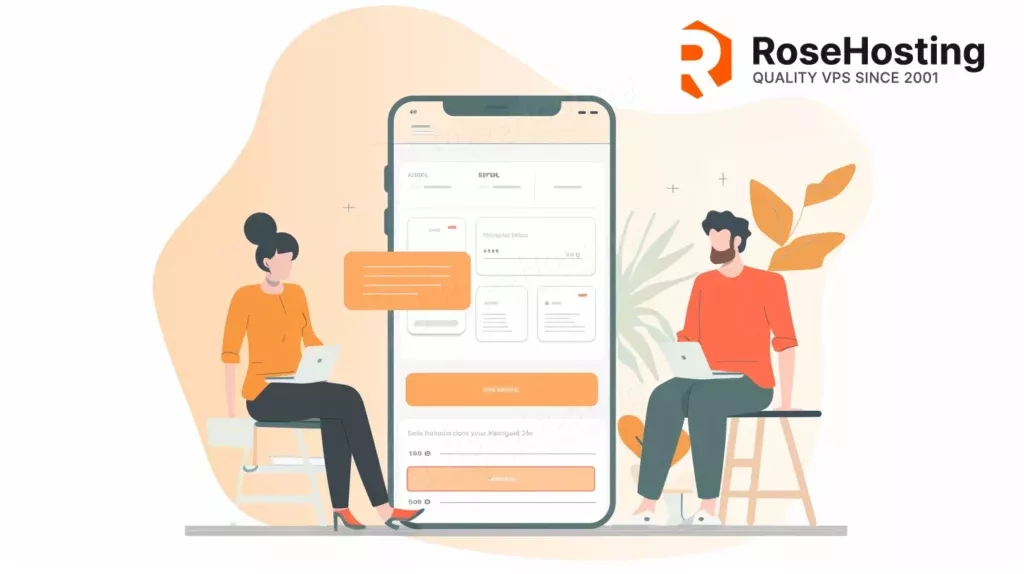
Imagine you’re out shopping. You pass one store with a beautiful exterior and well-organized interior, full of clearly labeled products and helpful staff. Then you pass another. Its window display is cluttered, and when you go inside, you can’t find what you’re looking for. Which are you more likely to buy from? Business websites are a lot like physical stores. They need to be organized, attractive, and convenient for customers. That’s why website customer experience is central to the success of any business with an online presence.
This guide will help you perfect yours.
Table of Contents
Why is website customer experience important?
Your website is, essentially, the face of your business. It doesn’t matter if you sell clothing, SaaS products or bulk commodities—a smooth user experience is key to success.
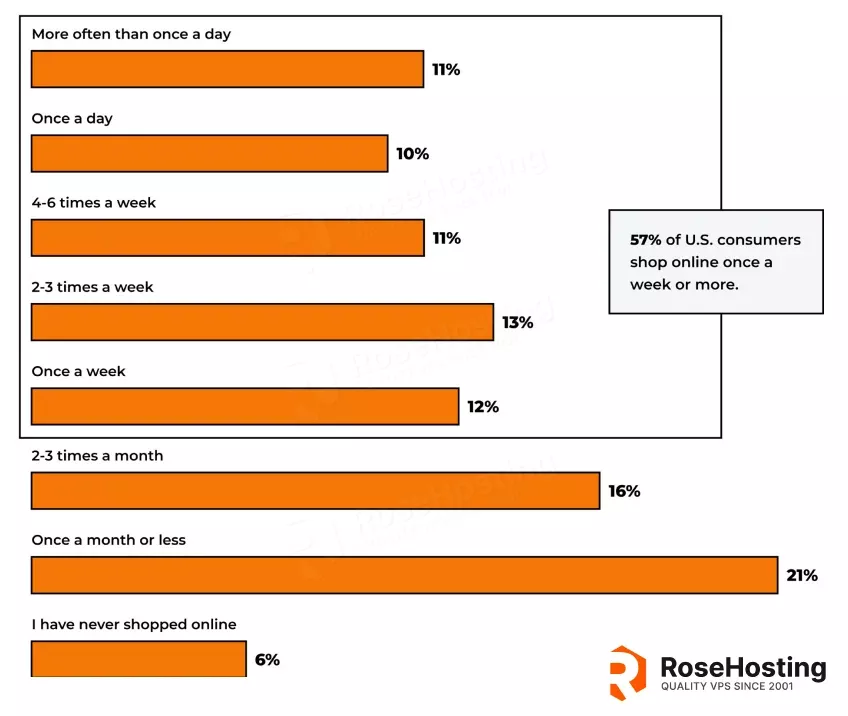
The benefits of investing in your website’s UX to improve customer journeys and provide a seamless experience for visitors are multifold, but here are some of the main ones to keep in mind.
- First impressions can make or break you. Your website may be the first and only interaction customers have with your brand. Make it count.
- It encourages purchases. A bad customer experience on your website, whether it’s an inability to find contact information or a frustrating checkout process, might prevent a user from purchasing at all.
- Trust. We’ve all visited a website that looked unprofessional and, as a result, lost our faith in the legitimacy of that brand.
- Boosted SEO. Properly optimized websites, with minimal dead links and low bounce rates, are prioritized by search engines and placed higher on SERPs (search engine results pages).
- An edge over competitors. We’re all easily won over by a well-designed, intuitive, and attractive website. When choosing between you and a competitor, a customer may be persuaded solely by the quality of your site.
Improve your website customer experience with these 10 steps
Now you understand the importance of website customer experience, here are 10 ways to improve it.
1. Invest in a memorable domain
Before you do anything else, you need to buy a domain that’s memorable and relevant to your business. Why? Because a good domain name helps build your brand and appears far more professional than promoting your venture from a blog page. It helps you gain credibility too.
Try not to use domain names with complicated spellings, hyphens, or numbers. This makes it easier for customers to find you and remember your website address.
Tip: Start brainstorming domain name ideas and then use domain search tools like GoDaddy to check their availability. Also, choose domains suited to your audience e.g. a .com domain has universal appeal, but local businesses may prefer to use country-specific ones.
2. Optimize for mobile users
More and more of us are using our mobile phones to browse online and make purchases. Just as you might have your employees work from their mobile phones, your customers may also wish to make purchases, communicate with your service team, or read and watch content using their smartphones.
By optimizing for mobile users, you ensure your website doesn’t alienate anyone who’s using their phone to browse and shop. If a user is put off by a poorly optimized website, it’s unlikely they’ll switch to a computer to finish the purchase.
Tip: Use Google’s Mobile-Friendly Test, via the Google Search Console, to spot any areas you might need to adjust for mobile users.
3. B2B? Get listed
The first step toward a positive experience for your customers is being able to easily find your website. If you’re in the B2B sector, you can help potential customers and clients discover you by getting listed on a B2B online directory.
These help make your website and business more visible and often let you categorize it according to its niche. Listings can generate traffic and ensure any potential customers who visit from them are already interested in your product.
Tip: Make sure you regularly update your listing and fill it with useful content. This might include recent testimonials, which show off your expertise and customer service.
4. Prioritize loading speeds
A slow website can directly impact purchase decisions. After all, how many times have you closed a website in frustration because you’ve waited for ages for the page to load?
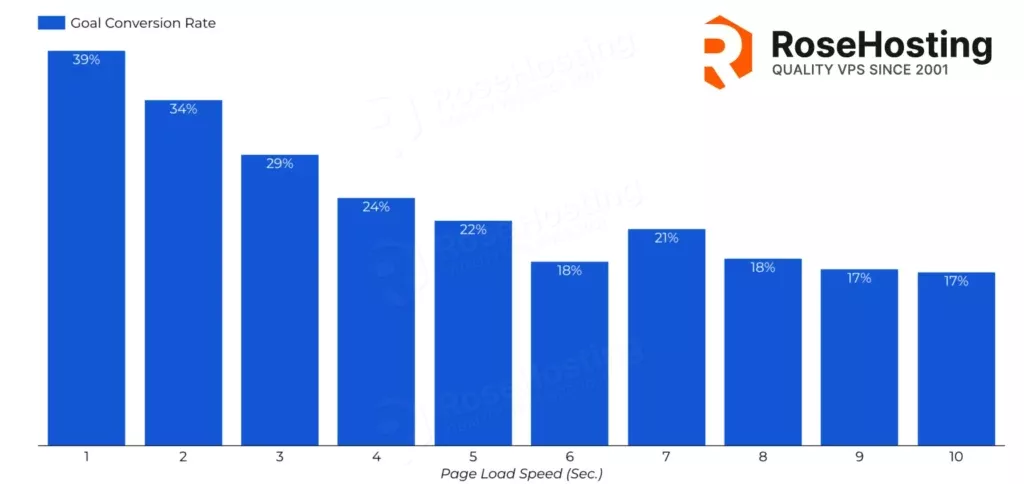
Image sourced from portent.com
Some basic steps you can implement to ensure your website doesn’t lag include:
- Compressing images with tools like TinyPNG.
- Using a browser caching system.
- Using minimal redirects in your website architecture.
- Removing any unused scripts or outdated code.
Tip: Tools like Google’s PageSpeed Insights are invaluable for assessing website loading speeds and making adjustments. They even provide recommendations so you know exactly what needs fixing.
5. Simplify navigation
A poorly designed website with unclear or clunky navigation creates a poor customer experience. If customers can’t find the page or product they’re looking for, why stick around?
Well-designed websites are more appealing and are also better for SEO. Some simple things you can do on your website to make navigation easier and improve the overall customer journey include:
- Adding a search bar. Large websites can benefit from a simple but easy-to-locate search bar.
- Limiting dropdown menus. A few dropdown menus are fine, but if they go too deep, they quickly become difficult to navigate.
- Consistency. Make sure your navigation bars and menus don’t change from page to page.
- Avoiding jargon. Remember, customers need to quickly understand menu items, so use clear, intuitive language.
Tip: What’s obvious to you might not be obvious to your users. Consider conducting user testing to figure out how customers are interacting with your website. You can use the results to make adjustments as needed.
6. Create a blog
A blog on your business website has plenty of benefits. Inbound blogging helps establish expertise and authority in your industry, attracts users to your website based on the content you produce, and even helps your SERP rankings.
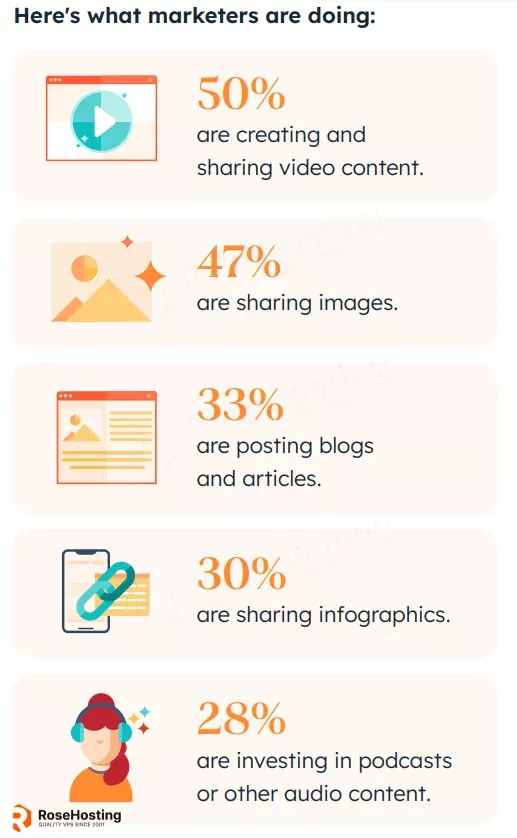
Image sourced from hubspot.com
When creating a blog, it’s essential to produce content that’s relevant to your target audience. Tools like Google Trends can help you identify the topics that will resonate the most.
Make sure you have a steady stream of content by scheduling posts over several months rather than all in one batch.
Tip: Make use of multimedia content on your website. In addition to written blog posts, consider adding videos, such as webinars, tutorials, and product demos.
7. Make communication easy
There are plenty of reasons a customer may want to chat with you. They might need additional information about products, support for returns or complaints, or help finding the right page on your website.
For the best customer experience, communication should be simple. This starts with making a ‘Contact’ page that’s easy to find on your website. Give customers a range of ways to get in touch, including email, phone, chatbots, and social media messaging.
Tip: Lines of communication, whether through sales or customer support, should be consistent. Consider unifying your communications into a single platform using a provider. This way, you can ensure all your conversations are handled from one interface.
8. Encourage feedback
Your customers are the best source of information when it comes to optimizing your website for an excellent digital experience.
With customer feedback, you can pinpoint any weaknesses in your website design and identify customer needs and preferences. Simple questions, like ‘Did you find what you were looking for today’, are a good start. If a customer says ‘no’, prompt them to provide more detailed feedback.
Tip: Simple forms and surveys on specific pages are the best way to get feedback. eCommerce websites, for example, often present customer satisfaction surveys after the checkout process. You can use these to spot areas for improvement or those in need of website maintenance.
9. Add personalization
In 2023, online shopping experiences are increasingly personalized. For example, customers receive tailored recommendations based on their purchasing and browsing histories.
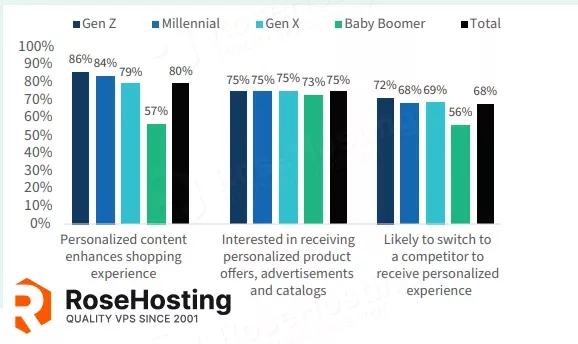
By adding personalization to your website, you can ensure you’re meeting customer needs and pointing them to the products they’re most likely to buy. This can boost conversion rates and simplify the customer journey.
This is typically done using cookies, and there are plenty of plugins, like RightMessage and Logic Hop, that can help you do this.
Tip: Encourage users to create an account with your website, perhaps with a discount as an incentive. Not only does this help you collect useful data and send them promo emails, but their accounts can form a basis for future recommendations.
10. Ensure accessibility
Finally, everyone should be able to access and use your website. Accessibility can include offering multiple languages and currencies for international customers.
It might also mean ensuring customers with additional needs can use it with ease—for example, by adding alt text to images and offering text contrasts. Not only does this help you reach a wider customer base, but it also shows you care.
You may already have accessibility tools in place for your employees, so why not extend the same courtesy to the people you want to purchase from you?
Satisfy your online customers with a customer experience strategy
The above tips offer a range of tactics for ensuring your loyal customers don’t leave your website with a bad experience.
Remember, though, that a long-term strategy is the best way to ensure your site is up to scratch throughout the entire customer journey. Regularly review it, collect feedback, and always be on the lookout for ways to create an exceptional customer experience from the moment they arrive on your website.